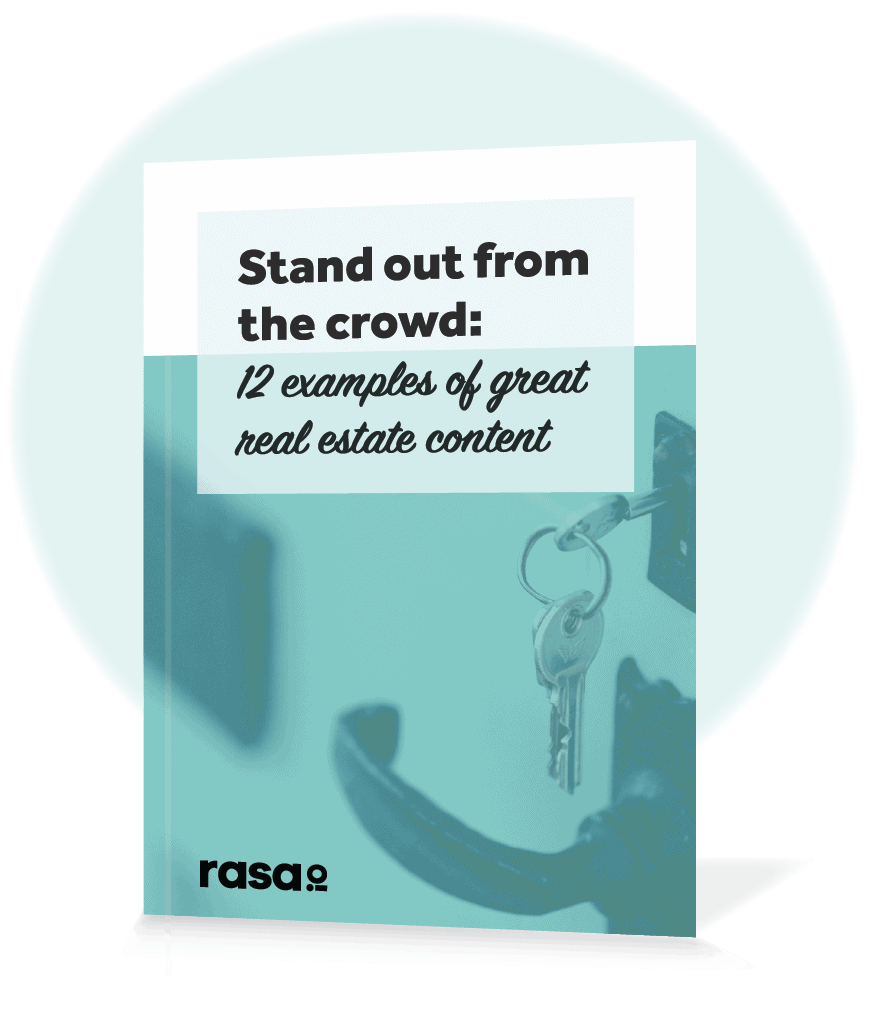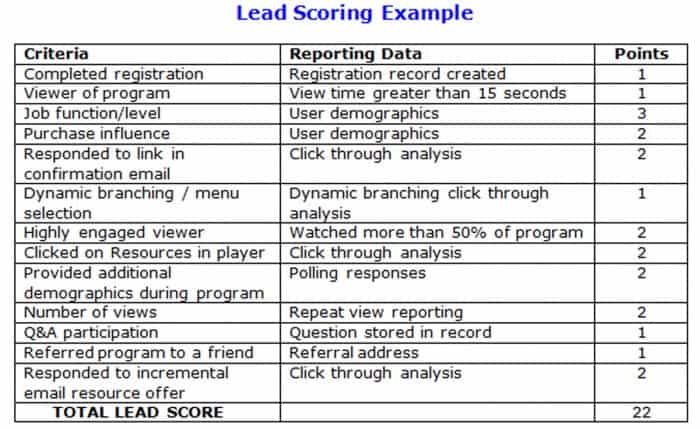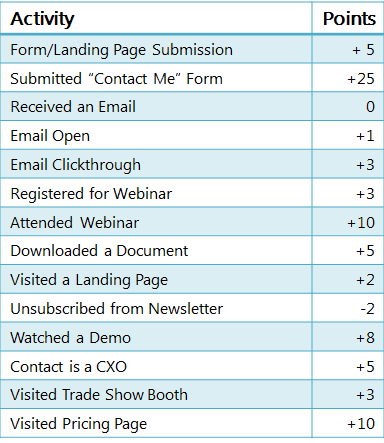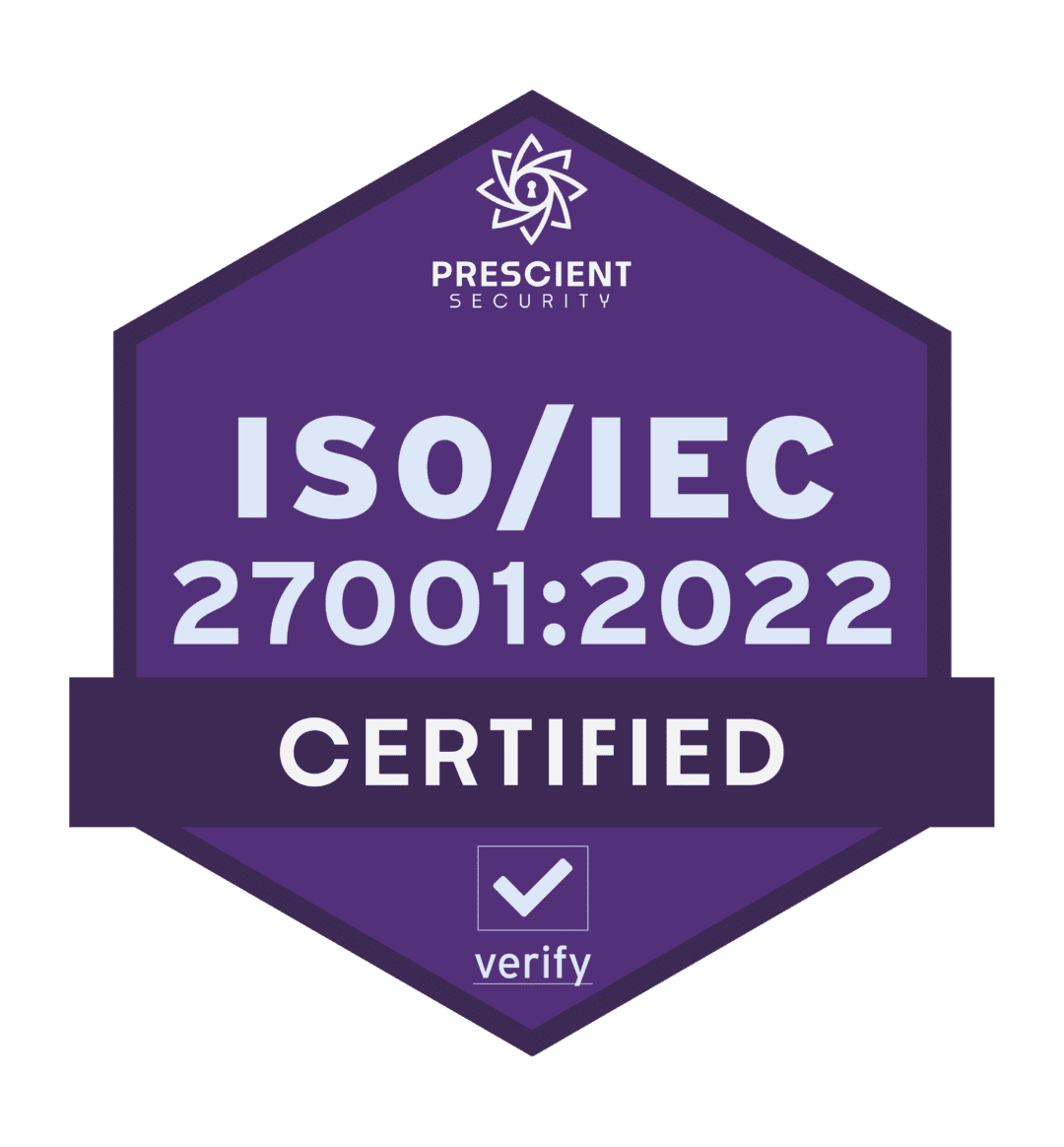It takes time to sell a home. The typical homeowner took roughly 73 days after their first home tour to close on their new home in 2019, according to a Redfin analysis. Those are the clients who know they want to buy. There are thousands more waiting to jump into the market. How do you turn those leads into clients? This is where lead nurturing comes in.
Having a long list of real estate prospects is only useful if you’re able to consistently convert leads into clients. Lead nurturing helps people get to know you as a real estate agent, and allows you to guide individuals through the sales funnel.
Lead nurturing involves developing a relationship with potential clients by offering them relevant information, helping them solve their problems and keeping them happy through the whole process of buying a home.
Effective lead nurturing takes time and consistency. Real estate agents who invest in the nurturing process are able to supercharge their marketing outreach, and boost client loyalty, client retention and revenue.
Here are 7 tips to help you fine tune your lead nurturing strategy.
1. Get started ASAP
You don’t have to wait until a lead has expressed interest in buying or selling a home to start nurturing their business. The relationship begins as soon as an individual engages with an aspect of your work, whether through a blog post, community event or open house.
Make sure to gather email addresses for potential leads. This can be as straightforward as having a sign-in sheet at workshops and events. Once someone is in your contacts, send them a consistent stream of content providing useful information (such as DIY home improvement tips) with a brief introduction to your real estate business and an invitation to learn more or ask a question. When a lead reaches out, follow up with targeted information about the real estate services you provide.
Engaging with individuals early and often—and providing them with useful content—enables you to convert contacts into leads that you can then nurture through the sales cycle.
2. Be a go-to source for useful content
The internet and growth of online real estate databases has empowered homebuyers and sellers in a whole new way. The days of the hard sell are gone. Real estate agents need to provide prospects with value. That means producing meaningful content that people want to look at.
Whether it’s a one-page guide to common real estate terms for first-time homebuyers or a list of restaurant picks in an up-and-coming neighborhood, design content that addresses the specific pain points your audience faces.
Your goal is to make sure prospects have the information they need to make a buying decision. Work to provide content that is compelling, targeted and timely.
3. Map out the client journey
Not all leads have the same needs. Take time to draw out the buyer’s journey and where each piece of content fits in. The goal of every piece you create should be to nudge your lead further along down the sales funnel.
Here’s a model of how to educate leads according to their stage in the sales cycle.
Awareness Phase: Use email to send blog articles related to your lead’s interests as well as industry trends and statistics, for example, a report on home price trends.
Consideration Phase: Invite leads to a webinar related to your services, for example, questions all homebuyers should ask or ways to make your home more marketable.
Decision Phase: Use email to share real estate success stories from your existing clients as well as a look at current listings.
Not sure what type of content to create? Pay attention to how prospects are already interacting with your brand.
Ask yourself:
- What are leads talking about on social media?
- What pages do they visit the most?
- What problems are they facing?
Take what you find and compare it to the buyer’s journey for past clients. Think about (and write down) the types of information they would need to know next if they were to move forward with a purchase.
Diving into the world of content can be a bit intimidating for a solo real estate agent or small marketing team. It helps to have a bit of inspiration.

4. Score your leads
Real estate agents have a lot on their plate. There are a million tasks to do before noon and time is valuable. This is why it’s important to make sure your nurturing efforts target the leads who have the most potential to convert to clients. Lead scoring can help with that.
Use a real estate customer relationship management (CRM) platform like Propertybase, LionDesk or Follow Up Boss to establish a system for scoring leads. Lead scoring assigns a numerical value to specific behaviors you want to track as the prospect interacts with your content. The further along the sales funnel the prospect moves, the higher their score.
Think about the actions that will help you understand where the prospect is in their client journey. Examples include:
- Attendance at an event or webinar
- Visits to your website
- Clicking on a link in your email newsletter
Here is an example of what lead scoring looks like in practice.

Other factors to consider tracking include location and whether the lead is a first-time or experienced buyer or seller. The goal is to set up a system for figuring out who will be most receptive to your pitch.

5. Make sure sales and marketing are in sync
If you have separate sales and marketing teams, carve out time for the teams to discuss shared goals and determine when a lead is considered ready for a sales pitch. Map out how and when a lead is turned over to the sales team, including the process for initial outreach and for follow-ups.
If you’re an independent real estate agent, think about how your marketing and sales goals align. At what point in the relationship will you swap out your marketing hat for your sales hat? Write out your plan for shifting into sales mode and for following up with leads, and take notes on what works and what doesn’t.
6. Keep track of data
Keeping clean and well-managed data is fundamental to lead nurturing. That includes keeping organized records of lead contacts. This is where having a reliable real estate CRM makes a world of difference. Real estate CRM platforms to check out include:
Read the full breakdown of each platform and its features from The Close here.
Even with a powerful CRM in place, it’s important to make a schedule for cleaning up lead data and ensuring that your information is updated. Be sure to keep record of which leads ultimately convert to clients. It can be tedious work, but it’s essential.
In addition, make sure you’re tracking the correct metrics to guide your lead nurturing strategy and measure its success. Most businesses report converting leads into clients as a top priority, but Bizible reports that more than a third aren’t tracking user actions like website visits and interaction with content to measure their success.
Gathering this data helps you measure where a lead is in the sales funnel and highlights where your nurturing efforts are exceeding expectations or falling short.
7. Follow-up with leads
Not all leads will convert on the first try. Sometimes it takes a second or third effort to nudge a prospect off the sidelines and into the market. Set up a process for re-introducing unclosed leads back into the nurturing process.
Avoid re-sending the exact same sequence content and marketing emails, but do continue to target them with relevant content.
Options for reengaging leads include:
- Asking for feedback on content
- Sending a special offer or invite
- Reaching out with seasonal or time-sensitive content, for example, how to capitalize on the summer home-buying season
If you’ve seen a slowdown in closed deals, it may be time to take a closer look at your lead nurturing strategy. It’s important to remember that not all leads are a fit for you. Follow these tips to make sure you’re investing time and energy in nurturing the right leads for your real estate business.











